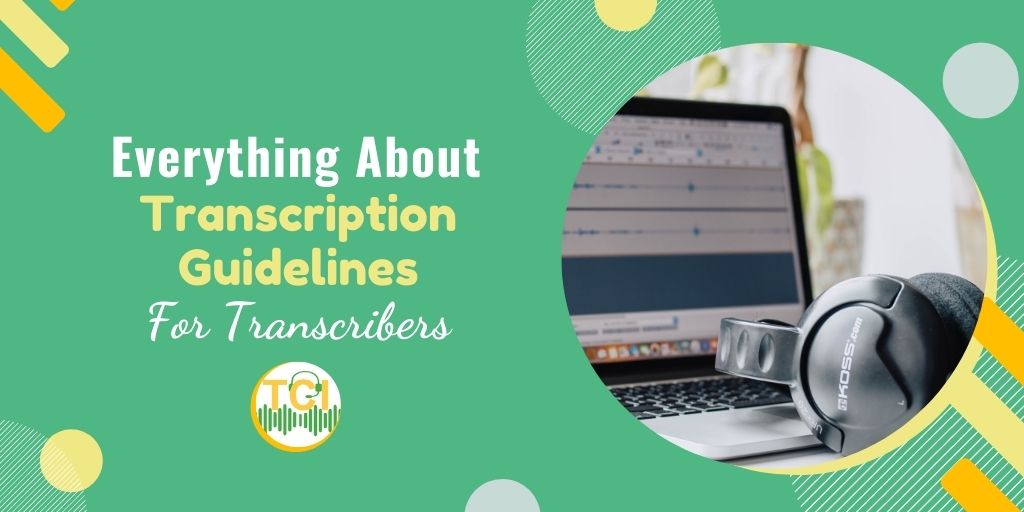
When getting started as a transcriber, you may be confused about the rules to follow, how to format your transcripts and when to use colloquial expressions.
But before we get started with the basics
Note: Different transcription companies may have specific additional rules to be followed. You should confirm and conform to the rules of the company where you are applying for transcription work. Most companies offer a base pay amount for their jobs.
There is also a score-based bonus transcriber can earn by doing better work, i.e., following formatting guidelines and special instructions and returning work early. Any submission that does not meet the company's minimum requirements may be rejected.
Some companies will allow you to redo the job, while others will assign it to other transcribers. Rejected work may not be paid for. Therefore, you should carefully learn and master the transcription style guide of the company you are working for.
In most cases, the file you will be transcribing will be part of a larger audio file. Transcription companies require transcribers to deliver consistent results from one file to the next. This is why they have format transcripts.
Note: Check the format transcript rules of the transcription company you wish to work with.
Transcription tools have become increasingly advanced in 2025. Tools like Descript and Sonix now offer features like time-stamping, automatic speaker identification, and even editing audio while transcribing. These tools help transcriptionists improve efficiency but still require careful review for accuracy.
Descript: Allows transcribers to edit audio and text simultaneously, saving time.
Sonix: Features advanced transcription tools for time-stamping and editing, with automatic speaker labels.
AI-driven tools are growing in sophistication, but human transcriptionists are still necessary for tasks that demand high accuracy and nuanced understanding.
If you’re eager to dive into the world of transcription, now is the perfect time to get started! Explore more about transcription tools, tips, and resources to improve your skills and boost your career with Transcription Certification Institute.
Start learning with our courses and certifications that can boost your transcription career.
The three primary rules are: - **Accuracy:** Ensure the transcript reflects the exact words spoken. - **Formatting:** Use consistent formatting, including speaker labels and punctuation. - **Confidentiality:** Protect sensitive information, especially in legal or medical transcription.
Transcription formats typically include: - **Speaker labels:** Clearly distinguish between speakers. - **Time codes:** Include time stamps for reference. - **Paragraphs:** Organize content with clear breaks for readability.
Mistakes include paraphrasing, ignoring formatting guidelines, and incorrectly transcribing inaudible sections.
Also Read: How To Get A Transcription Job – A Complete Guide [Part 2]
Your TRANSCRIPTION CAREER CAPSULE to Help You BOOST Your Potential
Latest Industry News, Jobs, Tips and More..

Comments are closed